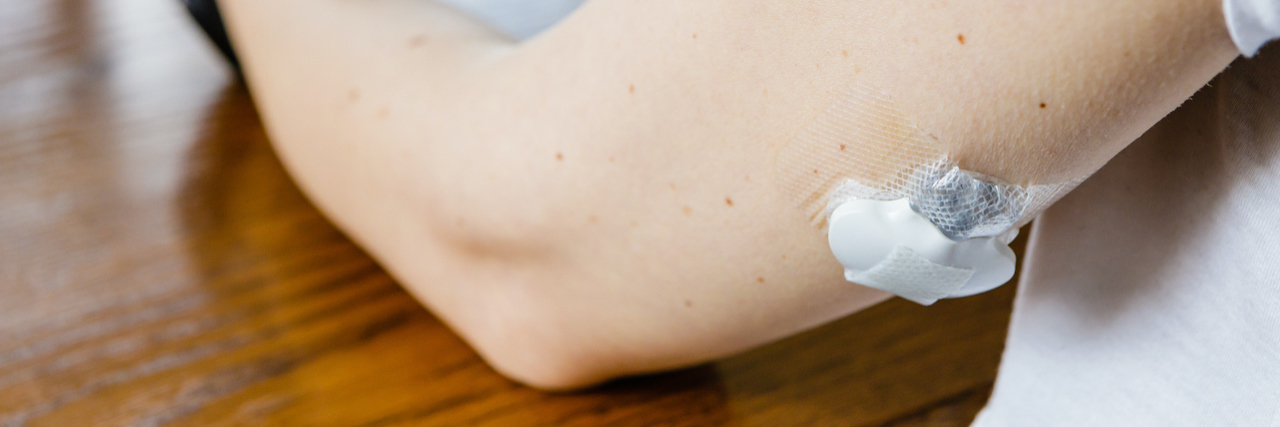Broken Insulin Pump? Here's How to Use Your Back-Up.
Editor's Note
Any medical information included is based on one professional’s experience. For questions or concerns regarding health, please consult a doctor or medical professional.
Imagine a scenario where your pump breaks or malfunctions.
The pump company will be sending a replacement within the next 24 hours, but what do you do in the meantime? Do you have a backup plan? And equally as important… do you know how to use your backup plan? Below are general backup plan guidelines. Please discuss with your clinician before implementation.
First, you will need to take long acting insulin. Generally, the amount of long acting insulin required will be similar to your insulin pump’s 24 hour total basal. This can be found in your pump’s personal profiles of insulin settings. Inject the 24 hour total basal as long acting insulin. For example, if your basal rate from 12 a.m. — 12 a.m. is 0.85 u/hr, you will need to inject ~20 units (0.85 x 24 = 20.4u) of long acting insulin daily. It is always a good idea to keep your setting written down just in case you are unable to access them when/if your pump malfunctions. Remember, this amount will not be perfect, but it is a good starting point. Monitor your blood glucose closely.
Alternatively, if you do not have long acting insulin available, you can correct every four hour using rapid acting insulin. Yes, this means waking up every four hours overnight as well. You are much better off having long acting insulin on hand.
When deciding how much to bolus, you will need to know your pump’s programed carb and correction factors, also found in the insulin settings.
See the equations below for help with calculations…
- Total Carbs/Carb Factor = X units
- (Blood glucose – target glucose)/Correction Factor = Y units
- X + Y = total units
Remember, do not correct if it has been less than four hours since your previous dose. This will help prevent hypoglycemia caused by insulin stacking.
When restarting your pump, make sure it has been at least 24 hours since you last injected your long acting insulin. Alternatively, set a 0% temp basal rate for the remaining hours in the 24 hour period.
For example; if your last injection of Lantus was at 8 a.m. and you are starting your new pump at 5 p.m., set a temp basal of 0% for ~15 hours.
Getty image via dzika_mrowka

